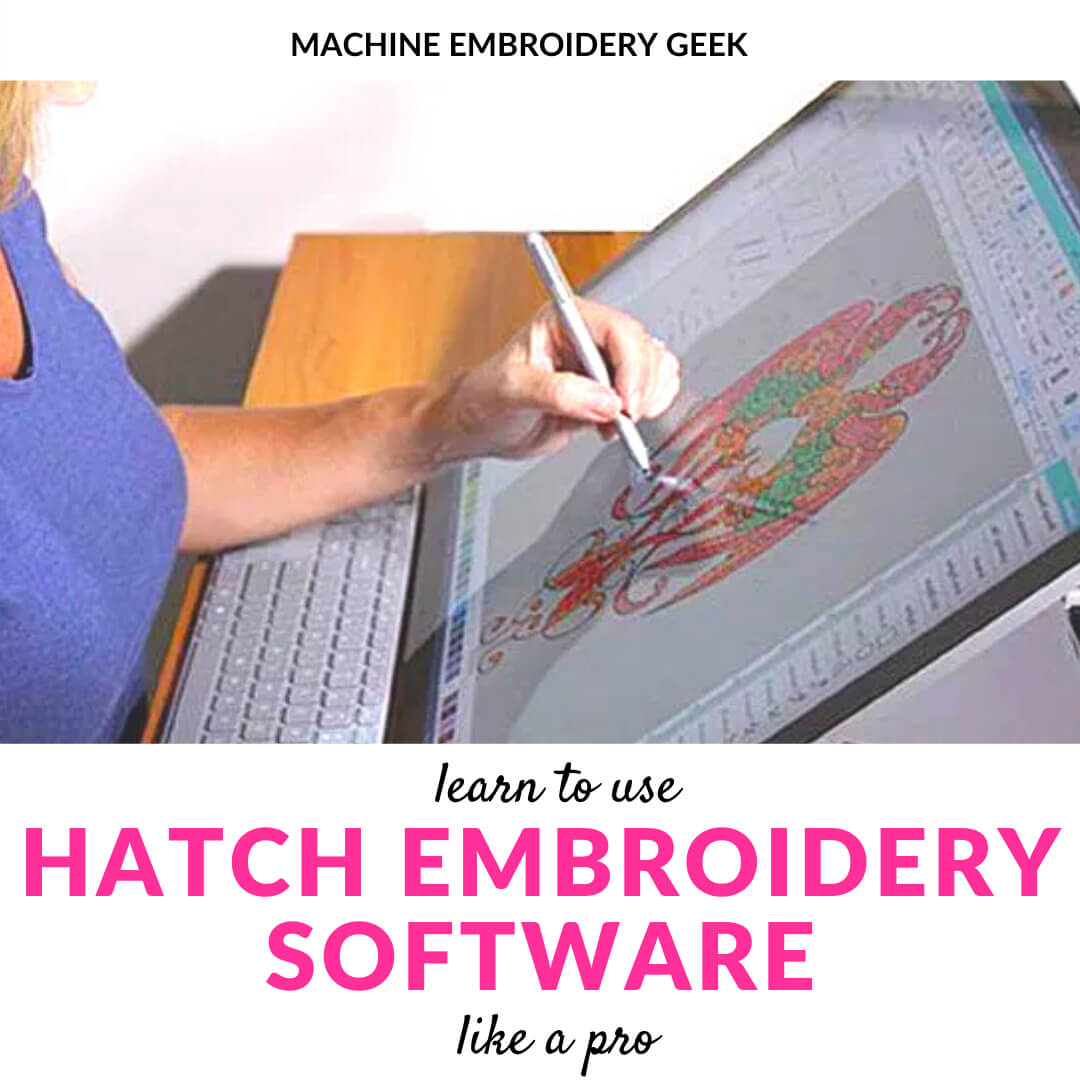

- #Saving image and thread list in wilcom hatch how to#
- #Saving image and thread list in wilcom hatch update#
- #Saving image and thread list in wilcom hatch full#
- #Saving image and thread list in wilcom hatch registration#
- #Saving image and thread list in wilcom hatch software#
You should now have the new thread chart listed as a Thread Chart option.
#Saving image and thread list in wilcom hatch software#
Move or copy the file to this location:ĬC:\Program Files (x86)\Wilcom\Hatch Embroidery Software V1\RESĤ.
#Saving image and thread list in wilcom hatch update#
Please update your software to the latest release. You should now have the new chart listed as a Thread Chart option. Open this E2 folder and open wilcom 2.0T fixed folder. First, extract E2 folder when the extract is completed then you have all version files of wilcom embroidery studio e2 with updated cracks in the list below.
#Saving image and thread list in wilcom hatch how to#
If you have V2.1D or V2.1D_R2 or V2.1D_R3 follow these steps:Ĭ:\ProgramData\Wilcom\Hatch Embroidery\RES\ThreadChartsĤ. How to install wilcom embroidery studio e2and free download wilcom embroidery studio e2 link below this article. Most of the time it will be in your "Downloads" folder but each computer can be set up differently. Be sure to note where it downloads to on your computer. To add these new thread charts to your Hatch software:ĭownload the file attached to this article. The embroidery will last the lifetime of the garment.You can add the ThreadArt thread chart to your Hatch Embroidery SoftwareĪll Thread charts are saved in. Experienced digitizers will optimize a design first for precise placement and second for color change efficiency. Even if you didn’t combine designs, color sorting is not a wise decision.
#Saving image and thread list in wilcom hatch full#
Be sure to hoop the stabilizer with the fabric between the rings of the hoop. Without the need for a full Wilcom Digitizing solution, use EmbroideryStudio e4.5 Editing as a necessary second system. To prevent this from occurring with knits, use a fusible backing or temporary spray adhesive to adhere the stabilizer to the fabric. For wovens, this if you push your finger across the surface, you won’t have a little wave of fabric surfing ahead of your finger. Is the Fabric Hooped Properly? Fabric needs to be hooped at neutral tension, neither stretched nor slack.Try switching from a tearaway to a cutaway and using a temporary embroidery spray adhesive to hold the fabric in place during embroidery. Is Your Stabilizer Stabilizing? If your stabilizer is inadequate or breaks down before the outline sews, then you have the same problem as overly tight tensions: the outline sews in place but the fabric has shifted.When this happens fills will “shrink” and when the outlines sew where they are supposed to, the rest of the design is not where it’s supposed to be and there is a gap. Are Your Machine Tensions Properly Set? If the needle and/or bobbin threads are too tightly tensioned, stitches will be pulled more tightly.If you sew out a design from top notch digitizers ten times under the same high quality circumstances: thread, fabric, stabilizer,machine, etc. If you are a perfectionist, you need to adjust your reality a bit. Quality embroidery is certainly achievable perfect embroidery is not. Running stitch outlines should exactly match up around the perimeter of the design with every single stitch in place. Are You Being Too Perfectionistic? We embroiderers often expect every stitch to be perfectly placed.If you’ve sewn a well-digitized design and you’re having problems here is a list of things to check. (See my related article on Understanding Compensation.) 6 CAUSES OF MISPLACED OUTLINES

#Saving image and thread list in wilcom hatch registration#
The digitizer has not compensated for the distortions of sewing and you will definitely have registration issues.

If running stitch outlines are spot-on along the edges of a design as they should look when sewing, don’t even sew it out. If you have a rendered image of the design in software and the outlines are perfect, then it probably is a design problem.Ĭheck the design first in your software. If you have a scanned image of an actual sewout with well-placed outlines, then there’s probably something going wrong on the embroidery side, not the digitizer’s. What works well and gets perfect placement when tested by the digitizer may not work well for you. Digitizing perfectly placed outlines that will work well every time no matter the fabric, the stabilizer, the hooping technique, the machine, or the thread tensions is impossible.


 0 kommentar(er)
0 kommentar(er)
